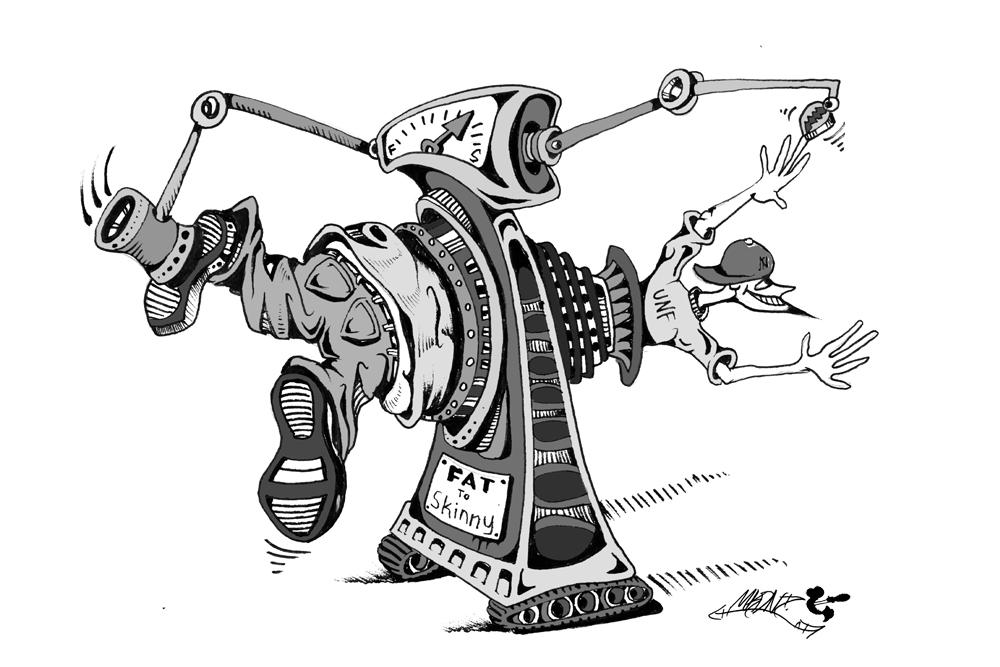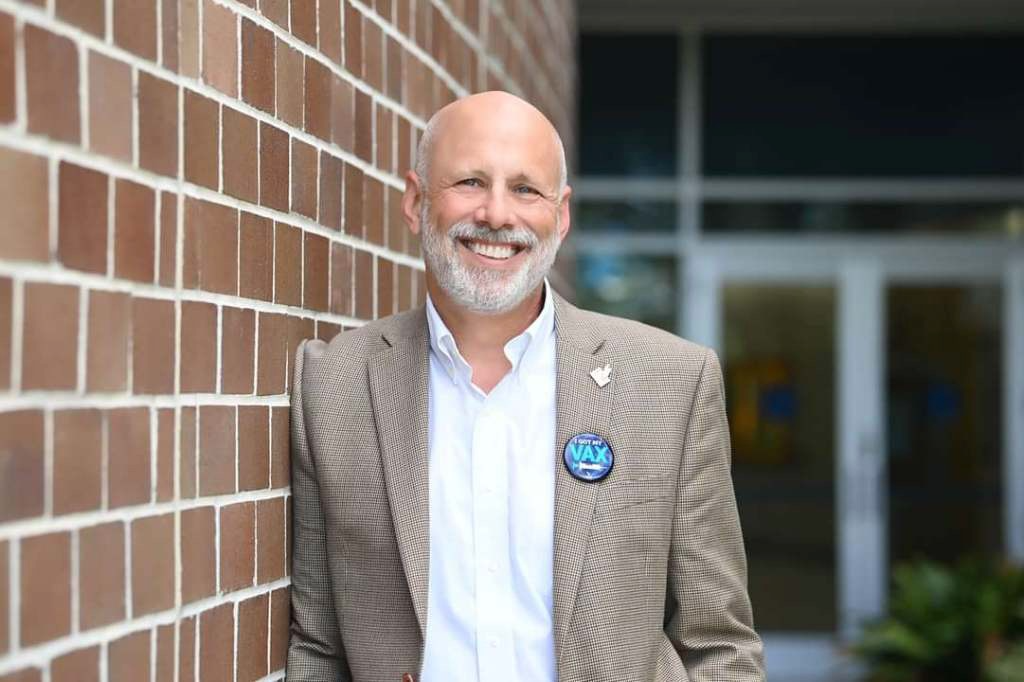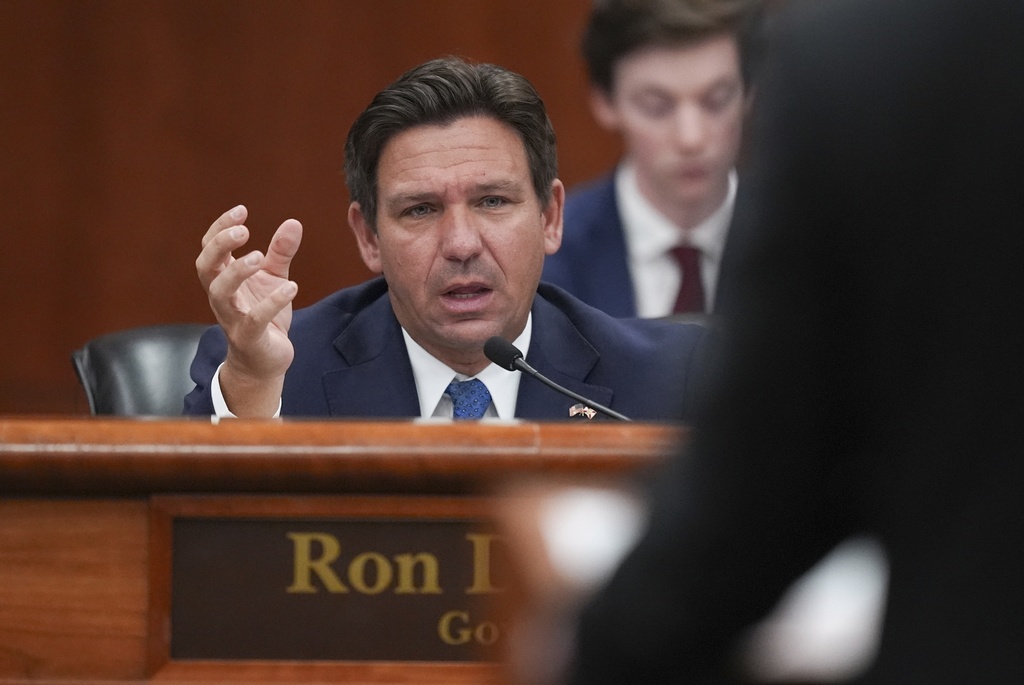 Obesity isn’t something just your parents have to worry about anymore. During the past several years, obesity on college campuses has sky-rocketed, according to the Centers for Disease Control and Prevention.
Obesity isn’t something just your parents have to worry about anymore. During the past several years, obesity on college campuses has sky-rocketed, according to the Centers for Disease Control and Prevention.
In 2000, 15.2 million U.S. college students were obese, up almost 8 percent from 1991. In Florida alone, 23.6 percent of adults are considered obese, according to the CDC.
Obesity is not to be confused with the dreaded “freshman 15,” which attributes slight weight gain in the first year to severe lifestyle changes.
Rather, the CDC defines obesity “as an excessively high amount of body fat or adipose tissue in relation to lean body mass.”
Obesity’s profound effect on public health and the economy accounts for $93 billion per year in health expenditures, not counting the cost of lost productivity. This is due to the 32 percent of Americans who are obese – the highest level in the world, according to the CDC.
Students need to be more conscious of their eating and exercise routines. As the next generation, they have a chance to change statistics, save money and most importantly, save lives.
The No. 1 cause of death in America today is cardiovascular disease – heart disease – which is fueled, in part, by the overwhelming amount of obesity in our nation.
There are several national and university-level initiatives to help students maintain a healthy Body Mass Index. UNF has its own Body Image Task Force, which comprises faculty and students, and is charged with helping students with weight issues.
But there is an opposite end of the spectrum: malnutrition.
Students can be overly concerned with the few extra pounds to the point they obsess about their image and how they look in their clothes. This is also a serious condition.
They might refuse to eat healthy just to look better, which also creates health problems because students won’t get the proper amount of calories, vitamins and nutrients.
The two most common eating disorders are anorexia and bulimia, in which people either literally starve themselves or indulge in eating sprees followed by purging.
These eating disorders are a symptom of underlying psychological conditions like low-self esteem and are often results of pressures asserted by an outside force. And the lack of resiliency to pressure is one of the victim’s main traits.
Eating, or not eating in this manner, becomes an outlet for the pressure. The pressure might be from friends who appear to be more attractive because of their weight, innocuous teasing or from media portrayals.
The media play a very important role to students who engage in under-eating.They are inundated with slim figures in clothing ads, magazine opinions and music videos.
Students need to strike a healthy balance between the two ends of the spectrum. They need to not focus so much on the aesthetics of being thin but rather living a healthy and sustainable lifestyle.







